The Cold War era was a time of intense political tension and espionage, which provided a rich backdrop for thrilling crime films. This curated list of 10 films delves into the murky waters of international intrigue, double agents, and covert operations. Each film not only entertains but also offers a glimpse into the paranoia and complexity of the time, making them invaluable for cinephiles and history enthusiasts alike.
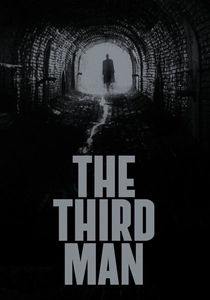
The Third Man (1949)
Description: Although set just after WWII, this classic noir film captures the lingering effects of the war and the emerging Cold War tensions in post-war Vienna, with its black market and espionage.
Fact: Orson Welles' iconic performance as Harry Lime was nearly cut from the film due to budget constraints. The film's famous zither score by Anton Karas became a worldwide hit.
 Watch Now
Watch Now

The Manchurian Candidate (1962)
Description: A chilling tale of brainwashing and political manipulation, this film explores the possibility of a sleeper agent being activated to assassinate a presidential candidate, reflecting the era's fears of communist infiltration.
Fact: The film was so controversial that it was withdrawn from circulation shortly after its release due to the assassination of President Kennedy. It was re-released in
 Watch Now
Watch Now

The Bedford Incident (1965)
Description: While not strictly a crime film, this thriller about a US Navy destroyer's confrontation with a Soviet submarine captures the paranoia and brinkmanship of the Cold War era.
Fact: The film was shot on board a real US Navy destroyer, providing an authentic naval atmosphere. Richard Widmark's performance as the obsessive Captain Finlander is particularly notable.
 Watch Now
Watch Now
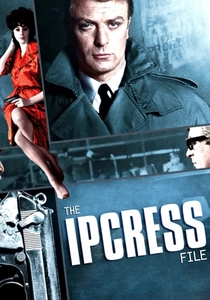
The Ipcress File (1965)
Description: Featuring Michael Caine as Harry Palmer, this film introduces a working-class spy who navigates the murky waters of Cold War espionage with a mix of wit and cynicism, offering a fresh take on the spy genre.
Fact: The film was one of the first to use a hand-held camera technique to give a documentary feel to the spy thriller. It was also the first in a series of Harry Palmer films.
 Watch Now
Watch Now
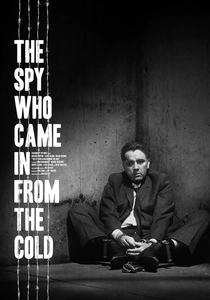
The Spy Who Came in from the Cold (1965)
Description: This film, based on John le Carré's novel, captures the essence of Cold War espionage with its tale of a British agent's mission to discredit a high-ranking East German official. Its gritty realism and moral ambiguity make it a standout in the genre.
Fact: Richard Burton's performance as Alec Leamas was critically acclaimed, earning him a BAFTA nomination. The film was shot in black and white to reflect the bleak atmosphere of the Cold War.
 Watch Now
Watch Now
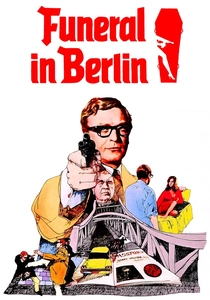
Funeral in Berlin (1966)
Description: Another Harry Palmer adventure, this film deals with the defection of a Soviet scientist, highlighting the espionage and double-crosses that characterized the Cold War.
Fact: The film features a memorable scene where Palmer crosses the Berlin Wall, showcasing the tension of the era. It was also one of the first films to use the Berlin Wall as a central plot element.
 Watch Now
Watch Now

The Kremlin Letter (1970)
Description: This lesser-known gem involves a complex plot of espionage where American agents attempt to retrieve a letter from the Kremlin, showcasing the intricate and often morally ambiguous nature of Cold War spy games.
Fact: The film was directed by John Huston, known for his ability to craft compelling narratives. It features a rare appearance by George Sanders in one of his last roles.
 Watch Now
Watch Now
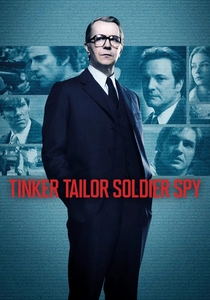
Tinker Tailor Soldier Spy (2011)
Description: This adaptation of le Carré's novel focuses on the hunt for a Soviet mole within MI6, offering a meticulous portrayal of the spy world during the Cold War's twilight years.
Fact: Gary Oldman's portrayal of George Smiley earned him an Academy Award nomination for Best Actor. The film's intricate plot and subdued atmosphere are a testament to the era's espionage.
 Watch Now
Watch Now

The Spy with My Face (1965)
Description: This film, part of the "Man from U.N.C.L.E." series, features a plot where a villain uses plastic surgery to impersonate a U.N.C.L.E. agent, reflecting Cold War fears of identity theft and espionage.
Fact: The film was adapted from an episode of the TV series, showcasing the popularity of spy themes in the 1960s. It also features one of the earliest uses of the term "clone" in popular culture.
 30 Days Free
30 Days Free
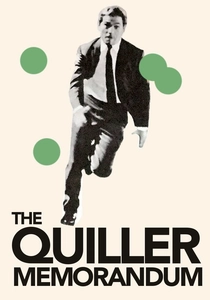
The Quiller Memorandum (1966)
Description: Set in Berlin, this film follows an American agent tasked with uncovering a neo-Nazi group, reflecting the Cold War's undercurrents of ideological battles and the lingering effects of WWII.
Fact: The film was shot on location in Berlin, providing an authentic backdrop to the story. George Segal's performance as Quiller was noted for its understated intensity.
 30 Days Free
30 Days Free









